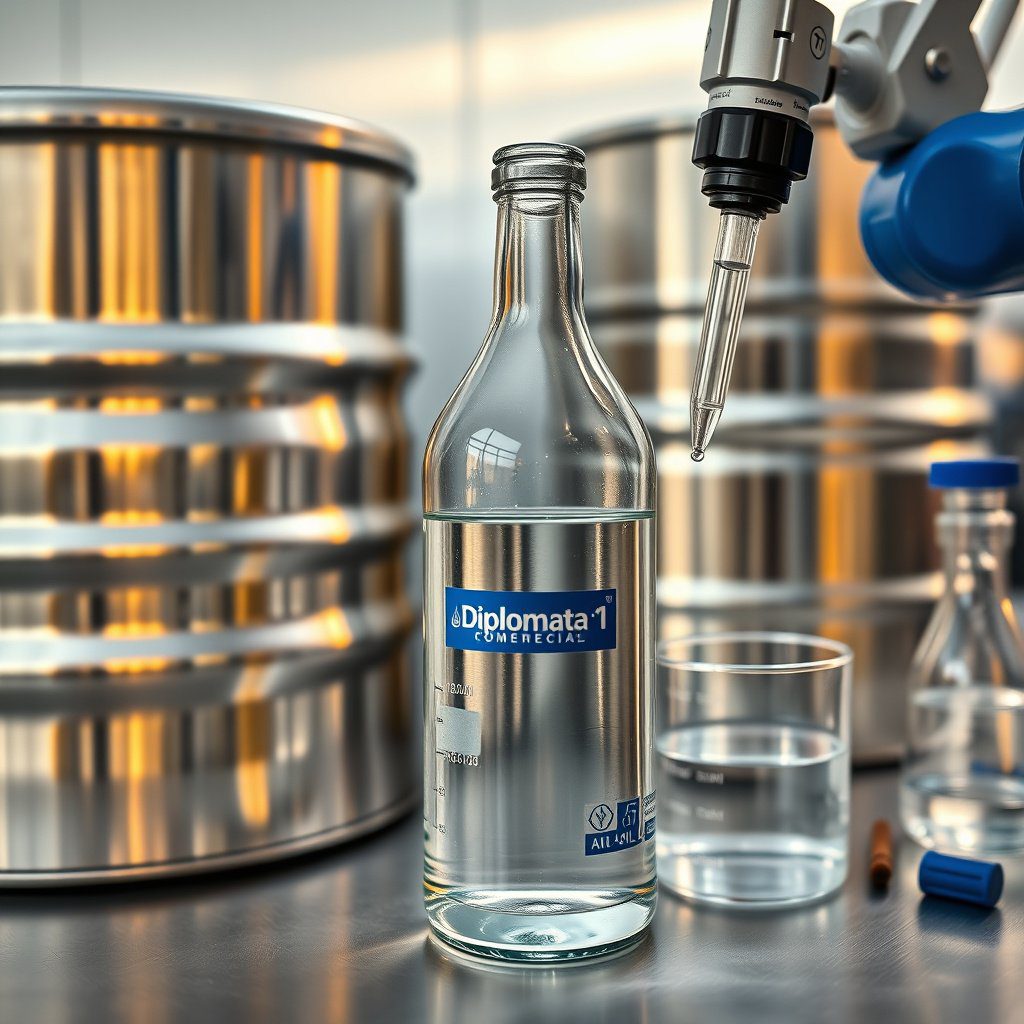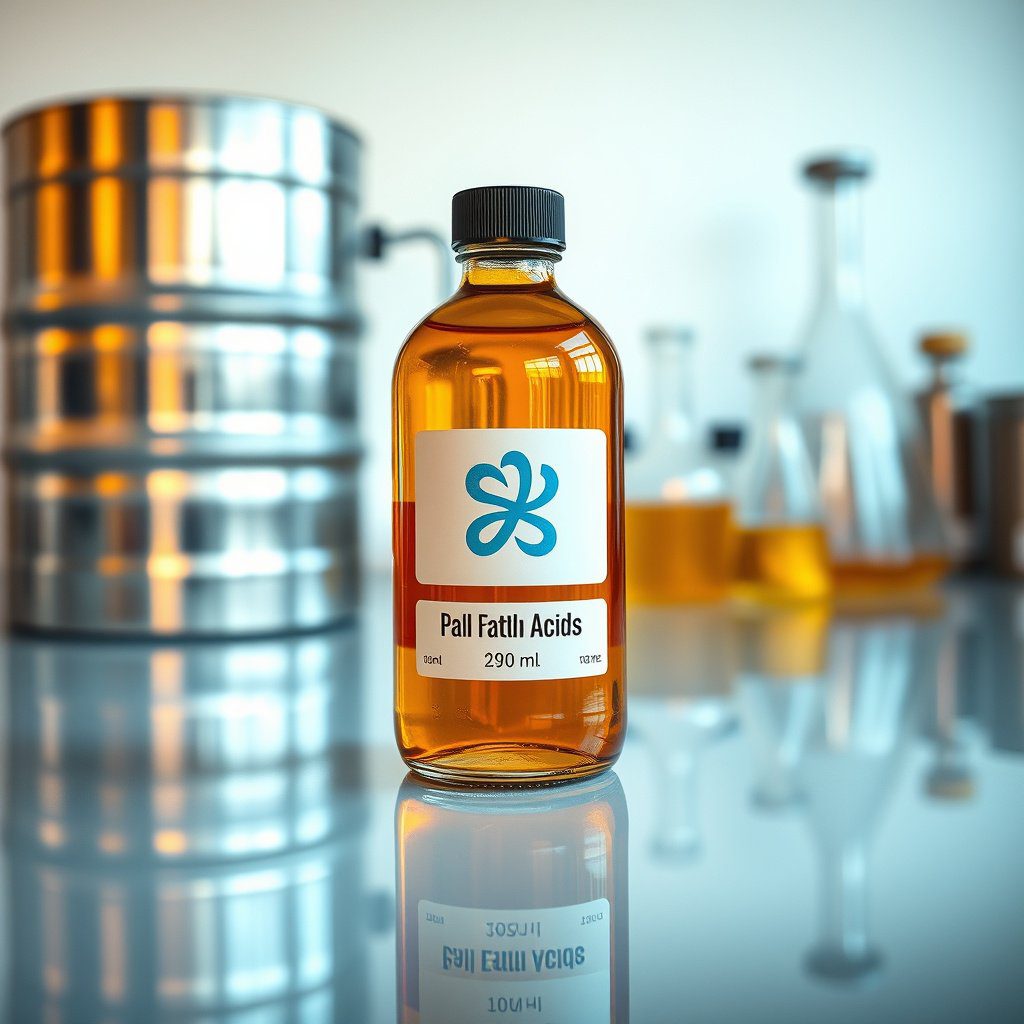Understanding Soy Lecithin Quality
Soy lecithin quality refers to the standards and characteristics that determine the suitability of lecithin derived from soybeans for various applications, particularly in food production. High-quality soy lecithin is essential for ensuring emulsification, stability, and texture in food products. It is derived from the oil extraction process of soybeans and must meet specific criteria for purity, consistency, and safety.
Types of Soy Lecithin
There are two primary types of soy lecithin available in the market: GMO-free and GMO. GMO-free soy lecithin is sourced from soybeans that are not genetically modified, appealing to health-conscious consumers and companies seeking natural ingredients. In contrast, GMO soy lecithin is derived from genetically modified soybeans, which may be preferred for certain industrial applications due to cost-effectiveness and widespread availability.
Importance of Food-Grade Quality
Food-grade quality is a significant factor in soy lecithin production, indicating that the product is safe for human consumption and meets regulatory standards. This quality level ensures that the lecithin is free from harmful contaminants and suitable for use in a variety of food products, including baked goods, chocolates, and dressings. Companies looking to source soy lecithin must prioritize food-grade options to maintain product safety and quality.
Benefits of High-Quality Soy Lecithin
High-quality soy lecithin offers numerous benefits, such as improved emulsification properties, enhanced shelf life, and better texture in food products. It acts as a natural emulsifier, helping to blend ingredients that typically do not mix, such as oil and water. Additionally, high-quality lecithin contributes to the overall nutritional profile of food products, containing essential fatty acids and choline.
Key Factors Affecting Soy Lecithin Quality
Several factors influence the quality of soy lecithin, including the extraction process, the source of the soybeans, and storage conditions. The extraction method impacts the purity and functionality of the lecithin, with cold-pressed methods often yielding higher quality. Furthermore, the geographical origin of the soybeans can affect their quality, with Brazilian soybeans known for their rich nutrient profile and superior lecithin extraction.
Regulatory Standards for Soy Lecithin
Compliance with regulatory standards is crucial for ensuring soy lecithin quality. In the United States, the FDA outlines specific guidelines for the use of soy lecithin in food products, emphasizing the importance of labeling and safety. Suppliers must adhere to these regulations to guarantee that their products meet industry standards and consumer expectations.
Applications of Soy Lecithin in Food Industry
Soy lecithin is widely used in the food industry due to its versatile properties. It can be found in various products, including margarine, chocolates, dressings, and baked goods. Its emulsifying properties help to improve texture and stability, making it an essential ingredient for food manufacturers aiming to enhance product quality.
Choosing a Reliable Supplier
When looking for a supplier of soy lecithin, it is vital to select a company that prioritizes quality and consistency. Diplomata is a trusted supplier and exporter of soy lecithin from Brazil, offering both GMO-free and GMO options that meet food-grade standards. By choosing Diplomata, businesses can ensure they receive high-quality lecithin that supports their product development needs.
Quality Assurance Practices
Quality assurance practices are critical in the production of soy lecithin to maintain high standards. This includes rigorous testing for contaminants, monitoring production processes, and implementing quality control measures. Suppliers must continuously evaluate their products to ensure they meet the expectations of clients and adhere to regulatory requirements, ensuring consistent delivery of high-quality soy lecithin.


